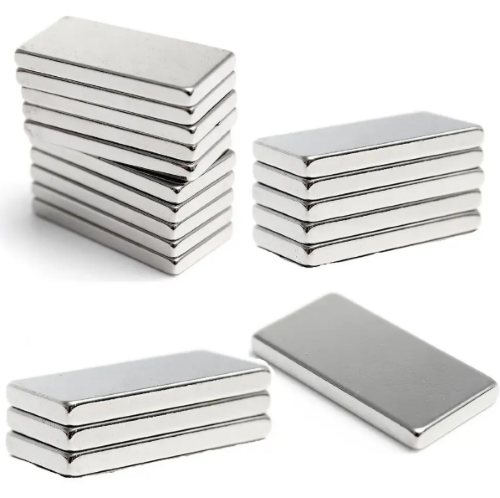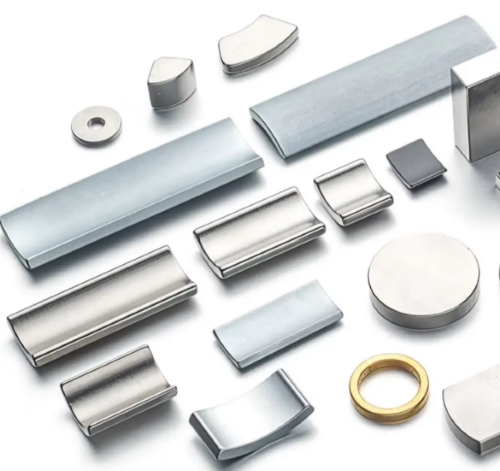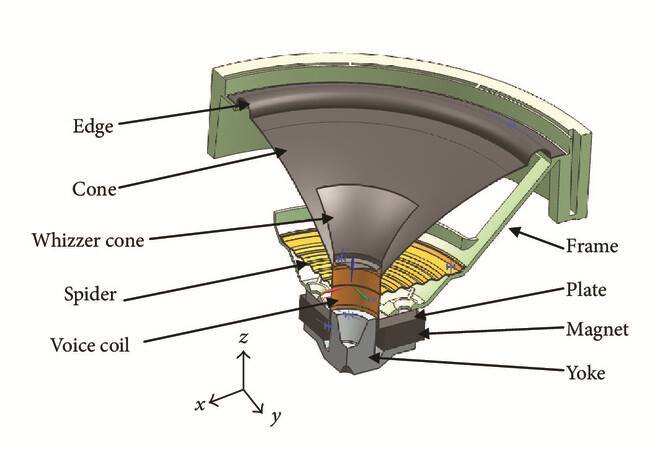Surface Magnetic Field and Magnet Performance
The surface magnetic field refers to the magnetic induction intensity at a certain point on the surface of the magnet. So how to calculate the surface magnetic field of a magnet? Is there a corresponding relationship between the surface magnetic field and remanence? In this article, let's take a look at the relationship between the surface magnetic field and magnet performance.
 Surface Magnetic Field & Magnet Performance
Surface Magnetic Field & Magnet Performance
Surface Magnetic Field Measurement
The surface magnetic field refers to the magnetic induction intensity at a certain point on the surface of the magnet, the unit is Gauss Gs or Tesla T (1T=10000Gs). The surface magnetic field is one of the easiest parameters to be directly measured. When the size of the magnets is fixed, people often judge and compare the performance of the magnets by comparing the surface magnetic field. For some very large or very small magnets with special shapes, it is not suitable for routine measurement. At this time, it is very important to measure the surface magnetic field. Regarding the surface magnetic field, the following two points must be known: 1. The surface magnetic field is the value measured when the Gauss meter is in contact with a certain point on the surface of the magnet and does not represent the overall performance of the magnet. 2. The surface magnetic field at different positions on the magnet surface is different. The surface magnetic field is easily affected by the external environment. The surface magnetic field measured by the same magnet using Gauss meters of different manufacturers may be different. The same magnet, measured in different environments, the measured surface magnetic field may also be different. From the above two points, it can be seen that the surface magnetic field measurement is not objective, and it is not a parameter that can fully reflect the performance of the magnet. It is not recommended as an evaluation index for product transactions.
The Relationship between Surface Magnetic Field and Magnet Performance
What is the relationship between surface magnetic field and magnet performance parameters (such as remanence Br, coercivity Hc, and maximum magnetic energy product (BH) max, etc.)?
The Relationship between Surface Magnetic Field and Remanence Br
Remanence refers to the magnetic induction intensity retained in the ferromagnetic body when the external magnetic field is gradually reduced to zero after the ferromagnetic body is magnetized to a saturated state. The remanence is determined by the characteristics of the magnet itself, and the remanence of the same magnet under certain conditions is constant and has a single value. To a certain extent, the remanence determines the surface magnetic field of the magnet, but it is not the same for the magnet with the same remanence. The surface magnetic field is also affected by the shape, size, and magnetization of the magnet. For two magnets with the same shape and size, the surface magnetic field with higher remanence is stronger. For two magnets with different shapes, performances, and sizes, the magnitude of remanence cannot be simply judged by the level of the surface magnetic field.
The Surface Magnetic Field of the Magnet Is Lower than Its Remanence
The remanence is tested in a closed circuit, while the surface magnetic field is tested with a Gauss meter in an open circuit. At the same time, the magnet itself has a demagnetizing field, so the maximum surface magnetic field of a single magnet is much smaller than its remanence. At present, the maximum remanence of the sintered NdFeB magnet is about 14000Gs, so we can say with certainty that the maximum surface magnetic field of a single NdFeB magnet cannot exceed 14000Gs.
Conclusion
Thank you for reading our article and we hope it can help you to have a better understanding of the surface magnetic field. If you want to know more about magnets, we would like to advise you to visit Stanford Magnets for more information. Stanford Magnets is a leading magnet supplier across the world, that has been involved in R&D, manufacturing, and sales of magnets since the 1990s. It provides customers with high-quality permanent magnets like neodymium magnets, SmCo magnets, AlNiCo magnets, and ferrite magnets (ceramic magnets) at a very competitive price.















